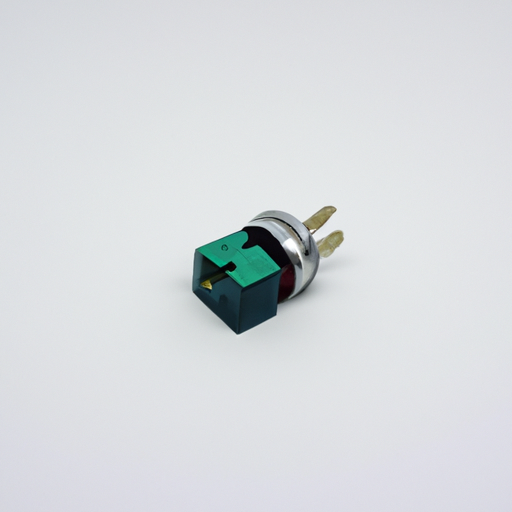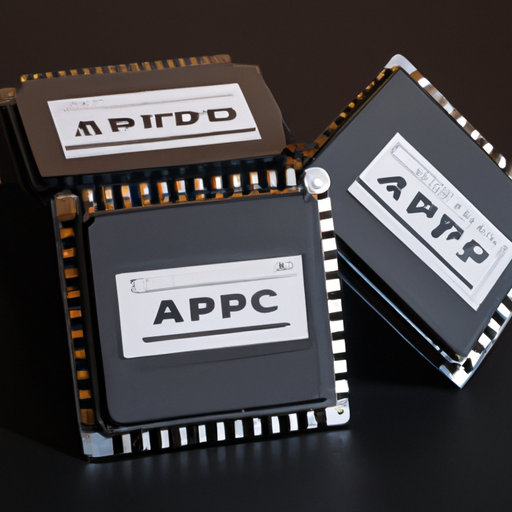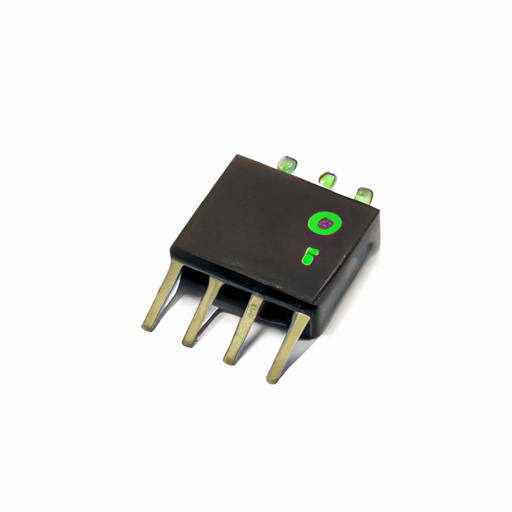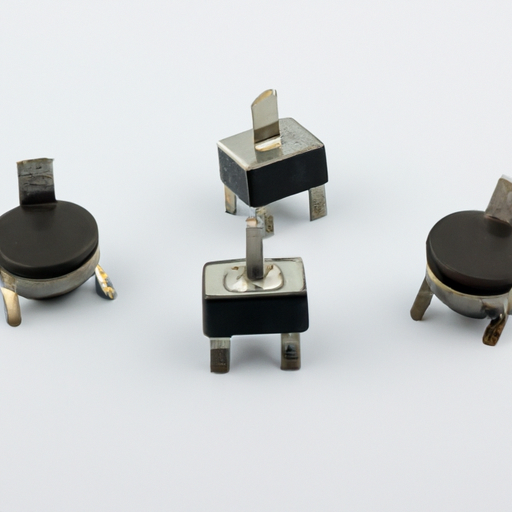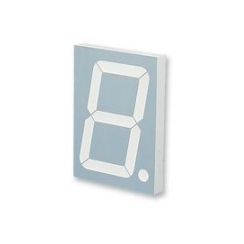CFR-25JB-52-12K Shock Sensors highlighting the core functional technology articles and application development cases of Shock Sensors that are effective.
CFR-25JB-52-12K Shock Sensors: Overview and Applications
Core Functional Technology of Shock Sensors
Shock sensors, such as the CFR-25JB-52-12K, are engineered to detect sudden impacts or vibrations, playing a crucial role in safeguarding equipment and assets. The technology behind these sensors typically involves piezoelectric or capacitive mechanisms that convert mechanical energy from shocks into electrical signals. Below are the core functionalities of shock sensors:
1. Impact Detection: The primary role of shock sensors is to identify abrupt changes in motion or force. This capability is essential in applications where protection from physical damage is paramount.
2. Sensitivity Adjustment: The CFR-25JB-52-12K and similar sensors often feature adjustable sensitivity settings. This allows users to customize the threshold for what constitutes a "shock," making the sensor versatile for different environments and applications.
3. Output Signal: Shock sensors generally provide either a digital or analog output signal upon detecting a shock. This output can be integrated into alarm systems, monitoring systems, or automated responses, facilitating immediate action.
4. Durability and Reliability: Built to endure harsh conditions, shock sensors are typically housed in rugged enclosures that shield them from environmental factors such as dust, moisture, and extreme temperatures, ensuring long-term reliability.
5. Low Power Consumption: Many modern shock sensors are designed for low power usage, making them ideal for battery-operated devices and applications where energy efficiency is crucial.
Application Development Cases
| 1. Industrial Equipment Protection | |
| 2. Theft and Vandalism Prevention | |
| 3. Transportation and Logistics | |
| 4. Consumer Electronics | |
| 5. Automotive Applications | |
| 6. Smart Home Systems |
Conclusion
The CFR-25JB-52-12K shock sensor exemplifies the versatility and effectiveness of shock detection technology across various industries. By leveraging its core functionalities, businesses can develop innovative applications that enhance safety, security, and operational efficiency. As technology continues to evolve, the integration of shock sensors into more advanced systems will likely expand, offering even greater benefits in the future. The ongoing development and refinement of shock sensor technology will undoubtedly lead to new applications and improvements in existing systems, further solidifying their role in modern safety and monitoring solutions.

